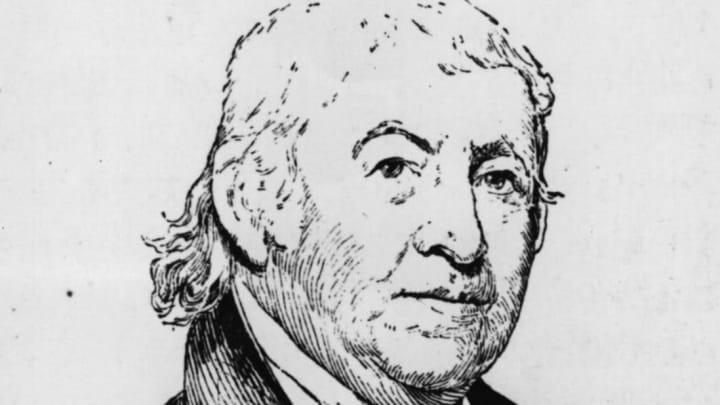The Time Paul Revere Worked as a Dentist
By Mark Mancini

Paul Revere was a man of many talents. Outside of his military accomplishments (about which several misconceptions persist), Boston’s most famous messenger also enjoyed a unique medical career that saw him become the first forensic dentist in American history.
Like his father, Revere was a silversmith by trade, who dutifully took over the family shop for several years before handing it down to his own son in the 1780s. Yet even working with precious metals wasn’t enough to fully insulate him from economic hardships.
During the early 1760s, an English “dental surgeon” named John Baker arrived in the colonies. Smelling opportunity, Revere began eagerly studying under Baker, who taught him how to create and insert false teeth (usually made of ivory) for those whose real ones had decayed (Baker himself eventually wound up building a few of George Washington’s dentures).
In 1768, the silversmith ran an advertisement in the Boston Gazette to promote his fledgling dentistry practice, which was followed up by a second ad in 1770. “Paul Revere…,” boasted the latter, “can fix [teeth] as well as any surgeon dentist who ever came from London, he fixes them in such a manner that they are not only an ornament but of real use in speaking and eating.”
After the Revolutionary War broke out, Revere summoned his newfound knowledge to locate the body of a colonial soldier who’d been slain at the Battle of Bunker Hill on June 17, 1775. The victim was Massachusetts Major General Joseph Warren, who’d sent Revere on his famous “midnight ride” to Lexington earlier that year.
Warren had been buried by the British in a mass grave with several of his comrades after the fray. Naturally, his loved ones wanted to search for the body to give it a proper funeral, which was made possible after the rebels took control of the area in 1776. But by then, the pile of corpses had decayed, making them almost impossible to tell apart—until Revere spotted one that was wearing a dental prosthetic he’d built to replace two of Warren’s teeth a few years earlier.
According to the National Museum of Health and Medicine, “Revere’s confirmation of General Warren’s identity was the first instance in this country of an identification of a military service member using dental remains.”